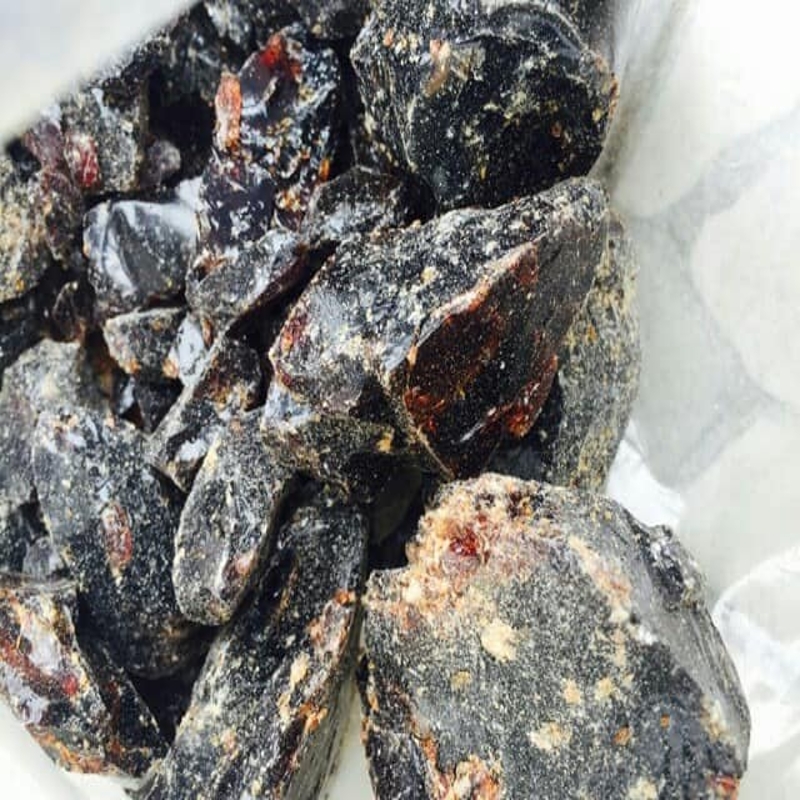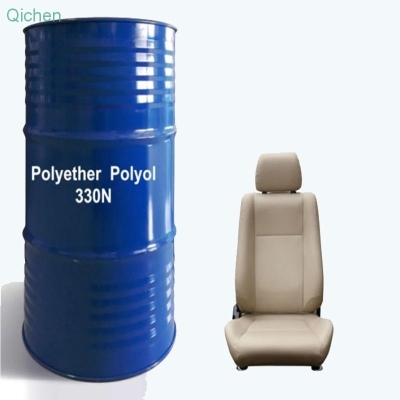-
Categories
-
Pharmaceutical Intermediates
-
Active Pharmaceutical Ingredients
-
Food Additives
- Industrial Coatings
- Agrochemicals
- Dyes and Pigments
- Surfactant
- Flavors and Fragrances
- Chemical Reagents
- Catalyst and Auxiliary
- Natural Products
- Inorganic Chemistry
-
Organic Chemistry
-
Biochemical Engineering
- Analytical Chemistry
-
Cosmetic Ingredient
- Water Treatment Chemical
-
Pharmaceutical Intermediates
Promotion
ECHEMI Mall
Wholesale
Weekly Price
Exhibition
News
-
Trade Service
A few days ago, it was learned from the new energy and material chemistry laboratory of the Institute of Nuclear Energy and New Energy Technology of Tsinghua University that the problem of industrialization and production of catalysts for key fuel cells has been overcome by the joint research and development team of the hydrogen fuel cell laboratory of Tsinghua University and a technology company in Wuhan
.
At present, the catalyst has obtained 17 patents, has a production capacity of 1200 grams per day, and the price is only half that
of imported products.
It is understood that as the core material of fuel cell, the comprehensive performance and localization of catalyst are directly related to the core competitiveness of China's fuel cell technology and its industrialization prospects
.
However, the relevant intellectual property rights have always been in the hands of a few developed countries in the West, and the high cost of catalyst core materials relying on imports for a long time restricts the independent development
of China's hydrogen energy industry.
As early as 2015, Tsinghua University and Wuhan Himalayas Optoelectronics Technology Co.
, Ltd.
carried out in-depth school-enterprise cooperation, and jointly used the catalyst preparation process of Tsinghua University to carry out mass production technology research of Pt/C catalyst
.
At present, the catalyst production capacity has reached a scale of 1200 grams / day, which can meet the use of 40 sets of 36kW fuel cell stacks, and has the conditions
for large-scale industrial production.
This series of achievements completely broke the long-term monopoly of a few countries on this technology, and the price was only half of that of
similar imported products.
Catalyst series products have been used in fuel cell stacks of the Chinese Academy of Sciences, universities and many fuel cell companies
.
By the end of this year, up to 1,000 hydrogen fuel cells will be produced using the catalyst
.
Wang Cheng, the leader of the research team and director of the hydrogen fuel cell laboratory of Tsinghua University, said that the next step of the team will continue to improve the indicators of the catalyst, improve the tolerance of impurities such as sulfide and nitride, and continuously inject strong impetus
into the localization of fuel cells in China.
A few days ago, it was learned from the new energy and material chemistry laboratory of the Institute of Nuclear Energy and New Energy Technology of Tsinghua University that the problem of industrialization and production of catalysts for key fuel cells has been overcome by the joint research and development team of the hydrogen fuel cell laboratory of Tsinghua University and a technology company in Wuhan
.
At present, the catalyst has obtained 17 patents, has a production capacity of 1200 grams per day, and the price is only half that
of imported products.
It is understood that as the core material of fuel cell, the comprehensive performance and localization of catalyst are directly related to the core competitiveness of China's fuel cell technology and its industrialization prospects
.
However, the relevant intellectual property rights have always been in the hands of a few developed countries in the West, and the high cost of catalyst core materials relying on imports for a long time restricts the independent development
of China's hydrogen energy industry.
As early as 2015, Tsinghua University and Wuhan Himalayas Optoelectronics Technology Co.
, Ltd.
carried out in-depth school-enterprise cooperation, and jointly used the catalyst preparation process of Tsinghua University to carry out mass production technology research of Pt/C catalyst
.
At present, the catalyst production capacity has reached a scale of 1200 grams / day, which can meet the use of 40 sets of 36kW fuel cell stacks, and has the conditions
for large-scale industrial production.
This series of achievements completely broke the long-term monopoly of a few countries on this technology, and the price was only half of that of
similar imported products.
Catalyst series products have been used in fuel cell stacks of the Chinese Academy of Sciences, universities and many fuel cell companies
.
By the end of this year, up to 1,000 hydrogen fuel cells will be produced using the catalyst
.
Wang Cheng, the leader of the research team and director of the hydrogen fuel cell laboratory of Tsinghua University, said that the next step of the team will continue to improve the indicators of the catalyst, improve the tolerance of impurities such as sulfide and nitride, and continuously inject strong impetus
into the localization of fuel cells in China.







